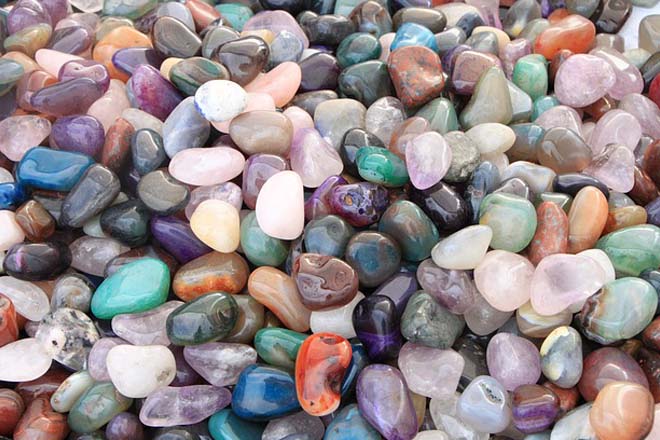Sri Lanka’s gem industry eyes recovery: OBG report

Nov 02, 2015 (LBO) – Sri Lanka’s gem and jewelry industry will have to strive harder to gain hub status as flat global sales of luxury goods and labour shortages are holding the industry back, a recent research report says.
“Traders face a difficult operating environment industry wide, weighed down by the broader economic slump and weaker currencies in several key purchasing markets,” the Oxford Business Group (OBG), a global research and publishing firm, said in a recent industry report.
“Sri Lanka’s gem industry also faces considerable domestic challenges, which include a smuggling problem, staff shortages and exploration constraints.”
The report says luxury goods retailers fear the weaker purchasing power of Chinese consumers could impact the lucrative tourism segment.
However data shows that Chinese tourists spent a record 500 billion US dollars worldwide last year.
Gems are the first to be affected by a crisis and the last to recover, though there is always a niche market,” said Ahsan Refai, managing director of retailer Zam Gems.
Operators will be hoping that positive trends in Sri Lanka’s tourism sector provide a welcome boost in jewelry trade.
Tourism growth reached double digits in the first nine months of 2015, according to figures released by the Tourism Development Authority, with arrivals passing the 1.3 million arrivals mark in September.
Sri Lanka is home to 70 of the world’s 200 varieties of coloured stones, including its best-known export, the Ceylon Sapphire. Estimates suggest that 80-90 percent of the country’s rock formations could hold gem deposits.
While gem, diamond and jewelry exports stood at 381.2 million US dollars last year, according to the Central Bank of Sri Lanka, operators estimate that the figure could be significantly higher, augmented by unofficial business, smuggling and undervaluing, the report said.
“There is a need for a freer movement of goods,” the report quoted Chanaka Ellawala, former chairman of the Sri Lanka Gem & Jewelry Association and director at Ellawala Exporters.
“The tax on gem exports drives people to undervalue their goods.”
Ellawala added that building industry volumes and carving a niche as a trading hub also presented challenges.
“It is also very difficult to bring rough gems into the country, which could otherwise help build industry volumes and make the country more of a trading hub.”
The report says that the past decades have been marked by turbulence for Sri Lanka’s stonecutting and polishing operations, with much of the country’s manufacturing going to regional competitors.
While Sri Lanka has fought hard during the last 15 years to re-establish its gem manufacturing industry, operational challenges remain, led by a shortage of qualified workers.
Industry players believe recruitment shortfalls are due in part to a broader shift away from labour-intensive lines of work, although Ellawala is confident that these hurdles could be overcome with the necessary resources and training.
Sri Lanka’s Export Development Board estimates that the industry provides employment for more than 600,000 people, including cutters, polishers, miners and marketers.
“For Sri Lanka to become a gem and jewelry trading hub and achieve higher export targets through value-added products, the lapidary industry and jewelry craftsmen need to be developed further,” said Akram Cassim, chief executive of Colombo Jewellery Stores.
With many retailers today still importing designs, the industry also offers plenty of potential for value added, according to Ellawala.
“Only a small portion of the gems exported through formal markets are actually jewelery, so there is enormous potential to add further value,”
“This could easily double export volumes.”
Exploration also presents additional hurdles for the industry as Sri Lanka remains opposed to industrial-scale mining or foreign participation in the trade, meaning that most gemstones are acquired from pit mines dug by smallholders.
“Stakeholders have long called for geological information mapping (GIM) to help with exploration, as most producers do not have the resources to conduct independent exploration,” the report said.
With the country’s Geological Survey and Mines Bureau legally confined to exploration of minerals other than gems, the National Gem and Jewellery Authority of Sri Lanka would likely be responsible for any future GIM efforts, though no official steps in this direction have been announced.
